
In the annals of modern royalty, few figures have captivated the global imagination quite like Catherine, Princess of Wales. From her earliest public appearances as a university student to her current formidable role as the wife of the heir apparent, her journey has been one of profound transformation, marked by both unwavering public interest and a steadfast commitment to duty. Her influence, often subtly woven into the fabric of British public life and international perception, extends far beyond mere celebrity; it is a multifaceted phenomenon that speaks to the very evolution of the monarchy itself.
Her remarkable ability to blend traditional royal decorum with an approachable, modern sensibility has cemented her place as a figure of immense significance. Her actions, her choices, and even her personal challenges are observed with an intensity reserved for only a handful of global personalities. To truly comprehend the scope of what has come to be known as the ‘Kate Middleton effect,’ one must delve into the defining moments and characteristics that have forged her unique identity as a royal icon.
This exploration will peel back the layers of public perception to reveal the deeper currents of her impact. We will examine not only the milestones of her public life but also the personal resilience that has defined her journey, providing an insightful look into how Catherine has navigated the intense spotlight, adapted to an extraordinary role, and continues to shape the future of the British royal family.
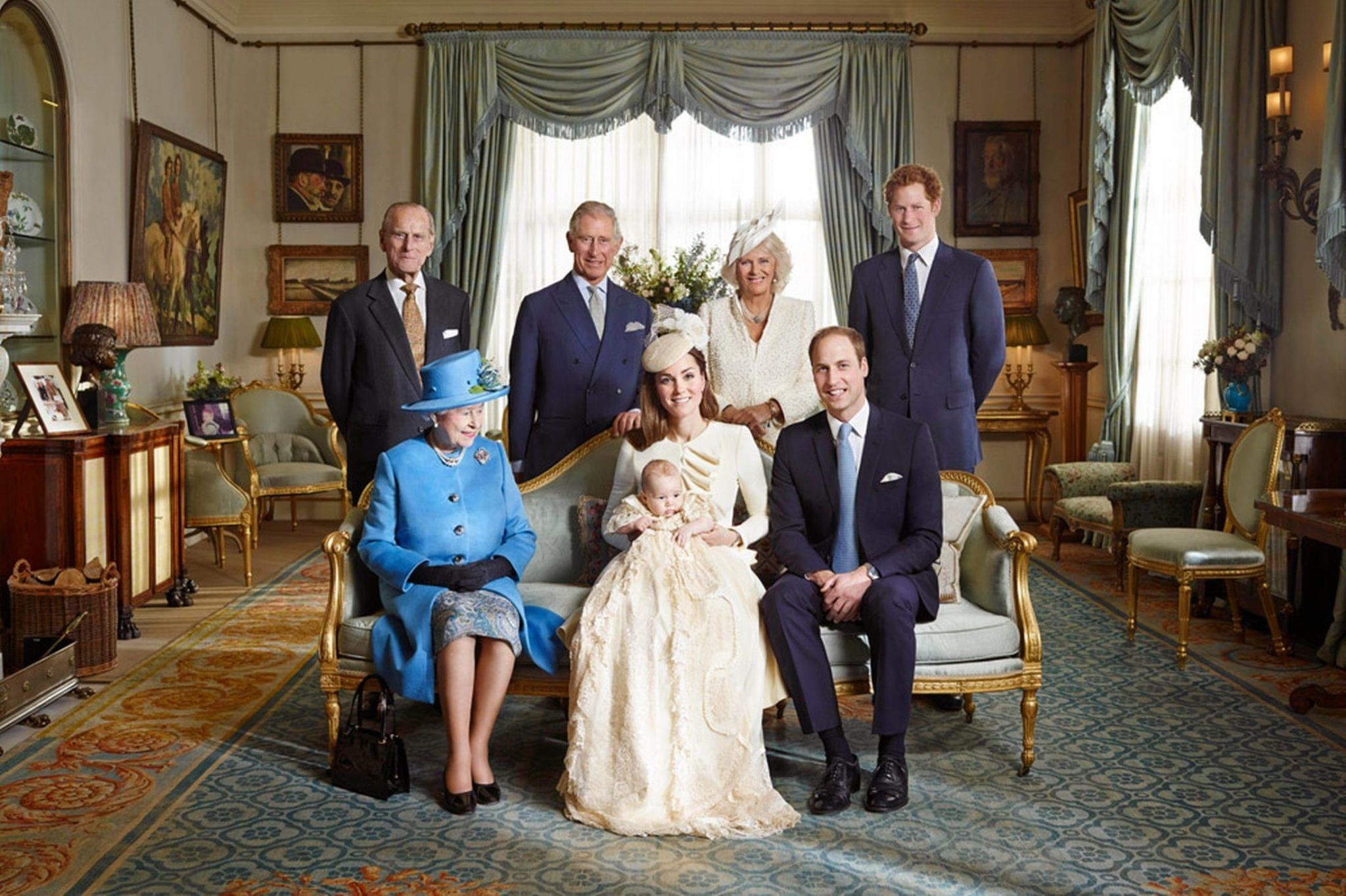
1. **A Historic New Honor: Royal Companion of The Order of the Companions of Honour**: Catherine, Princess of Wales, recently received a new title from King Charles III, an appointment that marks a significant historical first for the British royal family. On St. George’s Day, April 23, the palace announced a new list of honors, including naming the Princess Royal Companion of The Order of the Companions of Honour. This designation is particularly noteworthy as she is the first member of the royal family to ever be appointed to this distinguished order.
This prestigious Order was established by King George V in 1917, specifically created to acknowledge exceptional achievements in diverse fields such as the arts, sciences, medicine, and public service, according to the royal family’s official website. Its current roster of 65 members is a testament to its exclusivity and includes globally recognized figures like the musicians Elton John and Paul McCartney, and the acclaimed novelist J.K. Rowling. Her inclusion among such a celebrated cohort underscores the King’s profound recognition of her contributions and significance.
The new title stands as a powerful symbol of the mutual support and high regard shared between the King and the Princess of Wales, particularly in a period when both are undergoing cancer treatment. This honor reinforces her pivotal role within the core of the monarchy and her growing influence as a senior working royal. It signifies not just a recognition of past endeavors but a strong affirmation of her enduring value and future within the Royal Household.
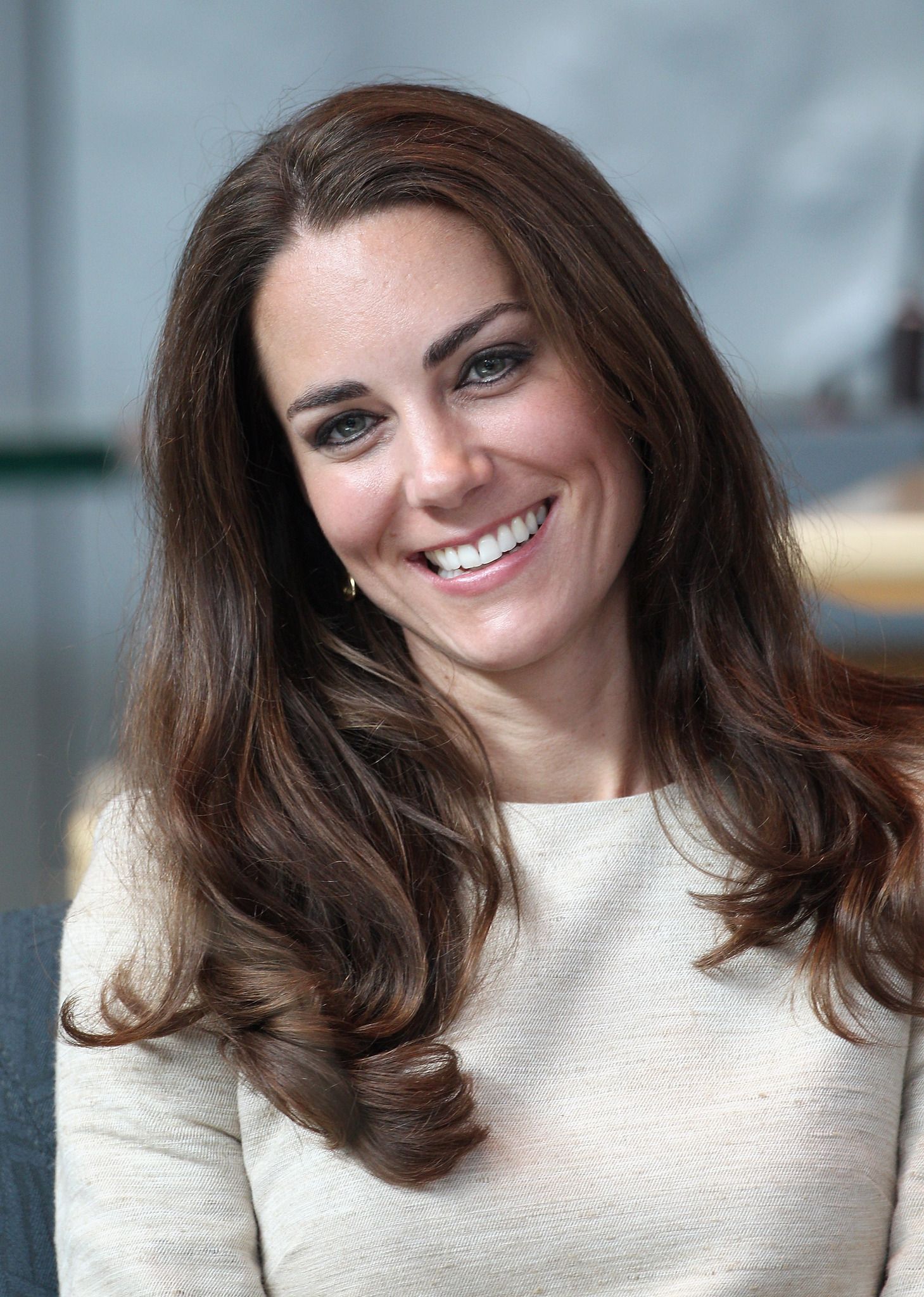
2. **Early Life and Path to Royalty: From Bucklebury to St Andrews**: Born Catherine Elizabeth Middleton on January 9, 1982, in Reading, her early life was rooted in an upper-middle-class family that held quiet ties to the landed gentry. Her parents, Michael Middleton and Carole Goldsmith, brought a unique blend of backgrounds, with her father being a flight dispatcher and her mother a flight attendant for British Airways. The family’s move to Amman, Jordan, in 1984, where Catherine attended an English-language nursery school, offered her an early international experience before they returned to Berkshire.
Her formative education unfolded across esteemed private institutions, beginning at St Andrew’s School near Pangbourne, where she later boarded part-weekly. The family’s subsequent relocation to Bucklebury in 1995 led her to Downe House School, followed by Marlborough College, a co-educational boarding school in Wiltshire. At Marlborough, Catherine distinguished herself not only academically but also athletically, captaining the girls’ field hockey team and achieving a gold Duke of Edinburgh Award, showcasing her early commitment and leadership qualities.
After a gap year that included studies at the British Institute of Florence and participation in a Raleigh International program in Chile, Catherine enrolled at the University of St Andrews in Fife, Scotland. It was here, in 2001, at St Salvator’s Hall, that she first encountered Prince William, her future husband. Initially studying psychology, she ultimately focused on art history, graduating in 2005 with an undergraduate Master of Arts degree. Her path, marked by a grounded upbringing and a strong educational foundation, set the stage for her remarkable journey into the heart of the British royal family.
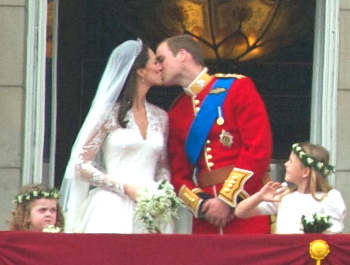
3. **The Evolution of a Royal Marriage: A Partnership Forged in the Public Eye**: The relationship between Catherine Middleton and Prince William began in 2003, two years after their initial meeting as students at St Andrews. Their connection deepened as they shared a flat during their second year and later resided together at Balgove House on the Strathtyrum estate. While their courtship was not without its challenges, including a brief split in 2004 and another in 2007, their bond proved resilient, leading to a reconciliation and the solidification of their commitment.
Their engagement, announced on November 16, 2010, after a proposal in October during a trip to Mount Kenya, captured global attention. William’s gift of his mother, Diana, Princess of Wales’s engagement ring was a poignant gesture that underscored the historical significance of their union. Catherine’s confirmation into the Church of England in March 2011 further prepared her for her future role, a testament to her dedication to embracing the traditions of the royal family.
Their marriage on April 29, 2011, at Westminster Abbey, was a spectacle watched by an estimated 300 million or more viewers worldwide, declared a bank holiday in the United Kingdom. Styled as “Her Royal Highness The Duchess of Cambridge” following the wedding, Catherine embarked on a life of public service alongside William. Their journey together has seen them move residences, from Nottingham Cottage to the grand Apartment 1A at Kensington Palace, and eventually to Adelaide Cottage in Windsor in 2022, symbolizing their evolving lives and increasing responsibilities as senior members of the monarchy. This enduring partnership forms the very bedrock of their public life and influence.
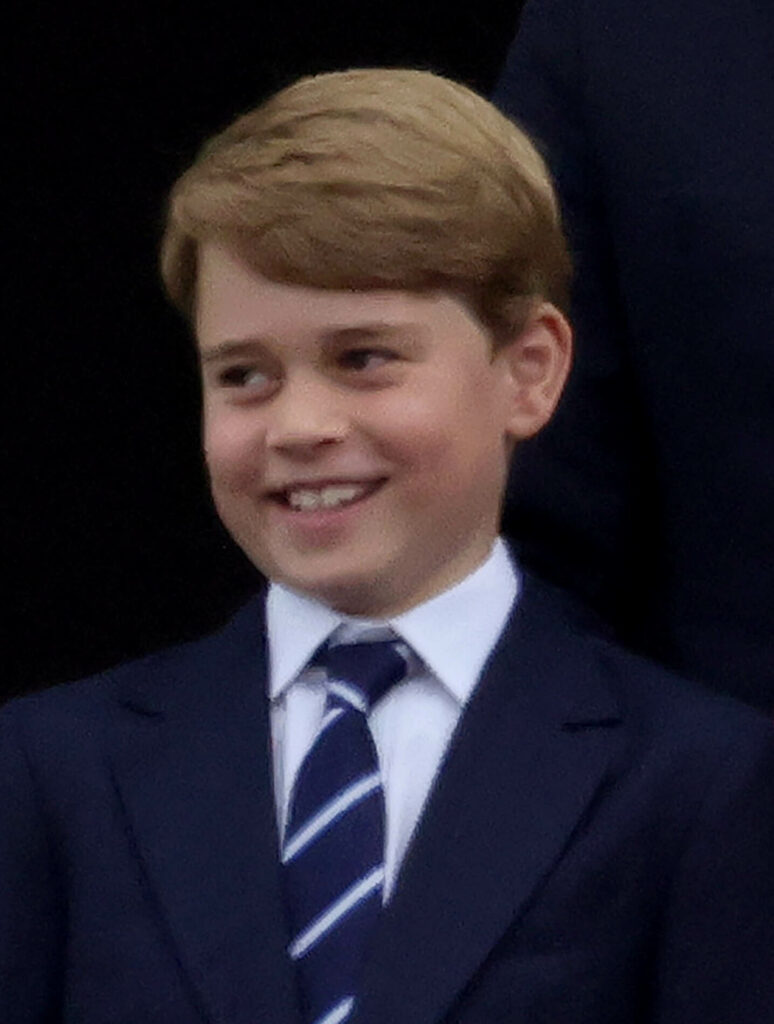
4. **Motherhood and Family Life: Nurturing the Next Generation of Royals**: Catherine’s role as a mother is central to her identity and public image, beautifully illustrating her dedication to nurturing the next generation of the British monarchy. Her first pregnancy was announced in December 2012, earlier than anticipated due to her admission to King Edward VII’s Hospital with hyperemesis gravidarum, a severe form of morning sickness that also affected her subsequent pregnancies. Despite these health challenges, she embraced motherhood with unwavering focus.
She gave birth to Prince George in July 2013, followed by Princess Charlotte in May 2015, and Prince Louis in April 2018. These three children, now second, third, and fourth in line to the throne respectively, are at the heart of her world. The Princess has spoken about the time it took for her and William to explain her cancer diagnosis to George, Charlotte, and Louis in an appropriate way, reassuring them of her well-being, highlighting her commitment to their emotional security during challenging times.
Beyond the solemnity of royal duty, Catherine and William are actively preparing their children for their future roles, while also striving to provide them with as normal a childhood as possible. They pass on shared passions, such as sports, and have been seen enjoying various activities as a family, from binging TV shows to spending time at their homes in Windsor and Norfolk. Her approach to motherhood, characterized by attentiveness and a desire to foster a sense of normality, humanizes the royal family and resonates deeply with the public.
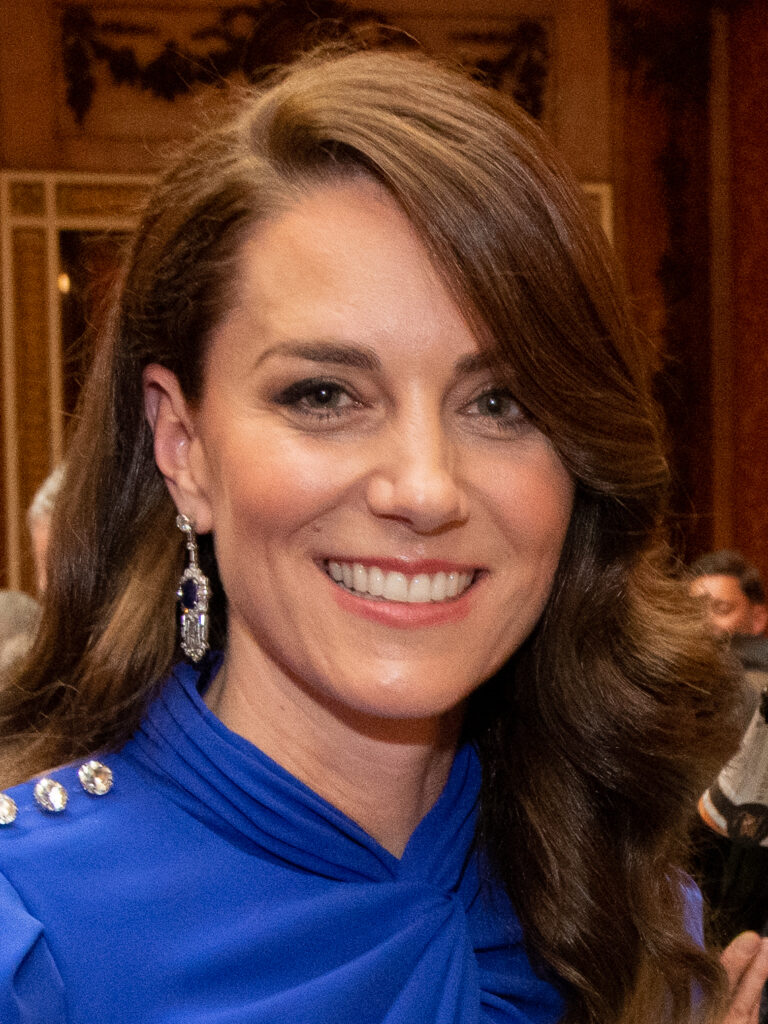
5. **A Private Battle, Public Grace: Navigating Her Cancer Journey**: In January 2024, Kensington Palace announced that Catherine had undergone planned abdominal surgery at The London Clinic for an undisclosed condition, leading to the postponement of her engagements. This initial update, stating the issue was non-cancerous, was later followed by a profound revelation that shocked the world. On March 22, in a poignant video message, Catherine bravely disclosed that post-operative tests had discovered cancer, and she had begun a course of preventative chemotherapy in late February.
Her journey through this health challenge has been marked by both immense personal courage and a considered approach to public communication. She shared that the past nine months had been “incredibly tough” for her family, describing her cancer journey as “complex, scary and unpredictable.” Yet, she emphasized the perspective it had given her and William, reminding them to be “grateful for the simple yet important things in life.” Her focus, she stated, was on her recovery, treatment, and her three children, reassuring them that she was “well and getting stronger every day.
Her return to public view at Trooping the Colour in June and her subsequent announcement in September about completing chemotherapy signaled a positive turn. In October, she undertook her first official engagement since treatment, meeting families of victims of the 2024 Southport stabbings, demonstrating her commitment to her duties. Her confirmation in January 2025 that her cancer was in remission offered a significant message of hope and resilience, showcasing her remarkable grace under immense pressure and her inspiring resolve in the face of adversity.
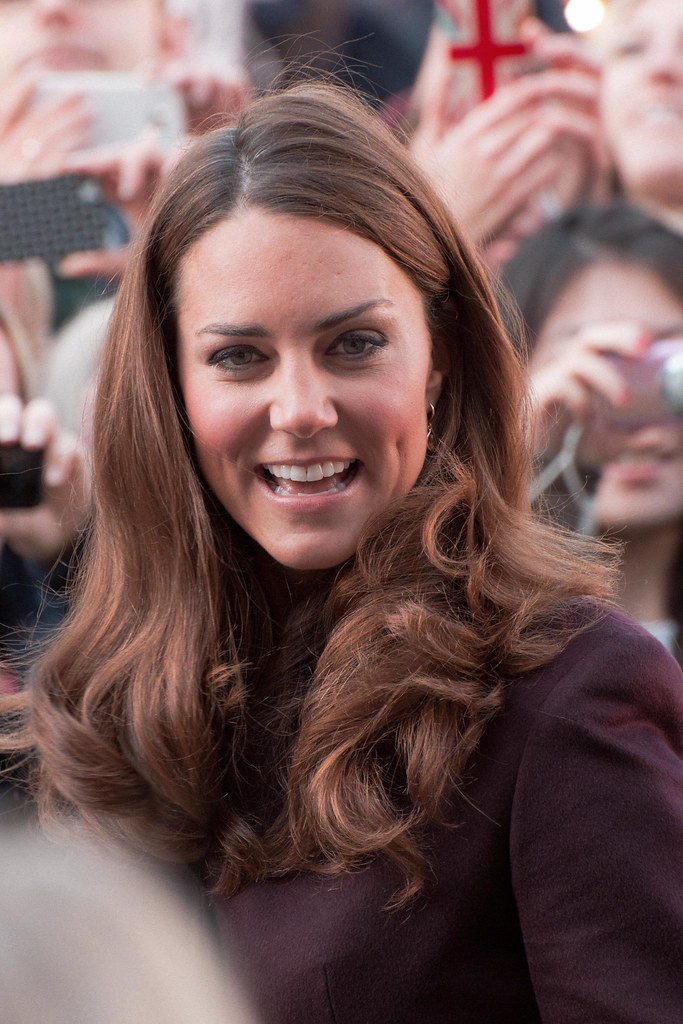
6. **Navigating the Media Storms: Privacy, Speculation, and Transparency**: Catherine’s relationship with the media has been a constant focal point of public scrutiny, particularly regarding her persistent efforts to maintain privacy amidst significant public interest. Her long-standing absence from the public eye following her abdominal surgery in January 2024, coupled with Prince William missing a royal engagement, fueled rampant online speculation about her well-being. The palace’s initial guidance of only providing significant updates contributed to the information vacuum.
This period of intense speculation culminated in a significant incident involving a photo released by William and Catherine on their official X account on March 10, marking Mother’s Day in the United Kingdom. The photo, featuring Kate and her three children, was credited to William and was the first image of the Princess released since her hospitalization. However, just hours after its release, several global news agencies retracted it due to concerns it had been “manipulated,” with The Associated Press citing an “inconsistency in the alignment of Princess Charlotte’s left hand.
On March 11, in a rare move, Catherine issued a public apology, admitting to editing the photo and expressing sorrow for any “confusion” caused, signing the message as “C.” While experts like computer science professor Hany Farid noted only “relatively minor photo manipulation,” the incident highlighted the intense scrutiny under which the Princess operates and her willingness to address public concerns directly. Her subsequent video message about her cancer diagnosis not only brought clarity to the situation but also demonstrated a strategic pivot towards greater transparency in managing her public image and health information.”
Having explored the foundational elements of Catherine, Princess of Wales’s journey, from her early life and marriage to her private health battles and navigation of media scrutiny, we now turn our gaze to the profound and multifaceted impact she exerts on the public sphere. Her influence extends far beyond mere popularity, deeply embedding itself within cultural trends, philanthropic endeavors, and the very perception of the modern monarchy. To truly grasp the ‘Kate Middleton effect,’ one must analyze the significant ways in which she shapes public opinion and action. This next chapter will illuminate her extensive charity work, her undeniable influence on global fashion, her dedicated engagement in domestic public service, her diplomatic achievements on overseas tours, her unique ability to foster relatability as a modern royal, and the enduring strength that defines her evolving role within the monarchy.
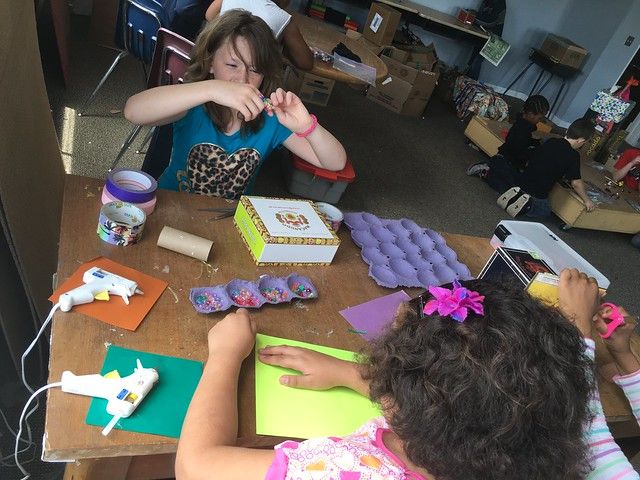
7. **Extensive Charity Work and Passion Projects**: Catherine’s commitment to philanthropy stands as a cornerstone of her public life, defining much of her work and reflecting her deepest passions. Through the Royal Foundation, she has championed a diverse range of causes, with a particular focus on early childhood care, addiction, and the arts, demonstrating a profound understanding of societal needs and a strategic approach to addressing them. Her involvement is not merely titular; she actively undertakes projects and raises awareness for numerous organizations, lending her voice and platform to those who need it most.
Her list of patronages is extensive and impactful, including the Anna Freud Centre, Action for Children, and SportsAid, all of which align with her dedication to supporting young people and promoting well-being. As a passionate advocate for the arts, she also serves as patron of the National Portrait Gallery, the V&A, and the Royal Photographic Society, leveraging her platform to encourage cultural engagement and appreciation. A notable initiative, which she co-founded with Prince William and Prince Harry in 2016, is the Heads Together mental health awareness campaign, conceived to encourage open discussion about mental health problems, showcasing her pioneering spirit in tackling stigmatized issues.
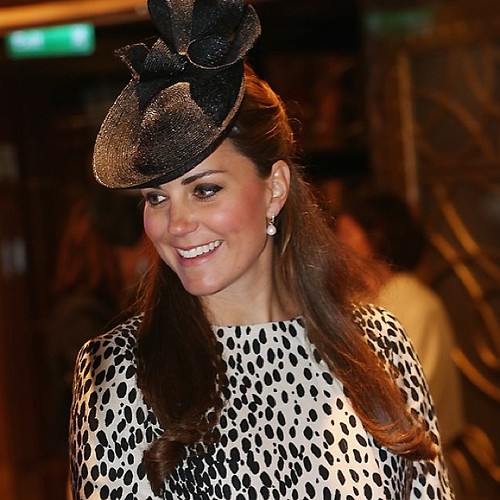
8. **Significant Influence on Global Fashion**: The phenomenon dubbed the “Kate Middleton effect” in fashion is undeniable, illustrating her powerful ability to influence trends across both British and American style landscapes. Her sartorial choices are meticulously observed and frequently replicated, leading to an immediate surge in demand for items she wears, often selling out within hours. This impact is a testament to her unique blend of accessible elegance and high-end sophistication, making royal fashion feel both aspirational and attainable for the general public.
From her penchant for “designer stripes” to the more daring “shoulder cleavage dress,” and her versatile “wedding guest shoes,” Catherine masterfully navigates diverse styles while maintaining her signature polished aesthetic. Her ability to make “skinny jeans and heels combo” look effortlessly glam, or popularize the “Middleton manicure,” showcases her broad influence, extending even to beauty trends. Whether she’s sporting “pleated midi dresses” at Wimbledon, a “thigh-skimming bodycon dress” in a throwback photo, a “flirty-hemmed Topshop wedding guest dress,” or a “boho blouse,” her choices consistently resonate, inspiring countless fashion columns and shopping guides.
Her style is not solely about designer labels; it’s about how she incorporates them into a relatable, modern wardrobe. Even seemingly simple items, like the “£25 earrings” she shares with Cat Deeley, or her choice of “gladiator heels,” become instant must-haves. This keen eye for both timeless pieces and contemporary trends, coupled with her ability to mix high street with high fashion, solidifies her status as a global style icon, continually shaping fashion conversations and consumer choices.
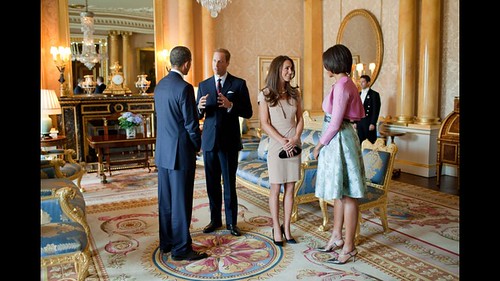
9. **Dedicated Engagement in Domestic Public Service**: Within the United Kingdom, Catherine’s dedication to public service is evident through a consistent and engaged schedule of official duties, which she has gracefully undertaken since her earliest days as a royal. Her first public appearance following her engagement announcement was a fundraiser for the Teenage Cancer Trust in December 2010, signaling her early commitment to charitable causes. This was swiftly followed by her first official public appearance in February 2011, alongside William, at a lifeboat-naming ceremony in Trearddur, marking the beginning of her hands-on engagement.
Her integration into the fabric of British public life was further cemented through events like the couple’s tour of Belfast in March 2011 and her inaugural official engagement after her wedding, where she and William met Barack and Michelle Obama at Buckingham Palace in May of the same year. A significant milestone arrived in October 2011 when she undertook her first solo engagement, stepping in for Prince Charles at a reception for In Kind Direct, demonstrating her growing confidence and capability. In March 2012, she delivered her first public speech at the opening of a children’s hospice, highlighting her eloquence and passion for her patronages.
As an ambassador for the 2012 Summer Olympics in London, Catherine actively participated in numerous sporting events, showcasing her support for national initiatives. She and William were also central to the celebrations of Queen Elizabeth II’s Diamond Jubilee throughout 2012, including the spectacular Thames Diamond Jubilee Pageant. Her evolving role saw her take the royal first salute at the Beating Retreat military pageant in June 2019, a duty typically reserved for the monarch. More recently, she and William met President Volodymyr Zelensky of Ukraine and First Lady Olena Zelenska at Buckingham Palace in October 2020, a significant engagement during the pandemic that earned widespread praise. Their three-day tour of England, Scotland, and Wales via the British Royal Train in December 2020, honoring the work of individuals and organizations, further exemplified her dedication to domestic public service, demonstrating an unwavering commitment to the nation she serves.
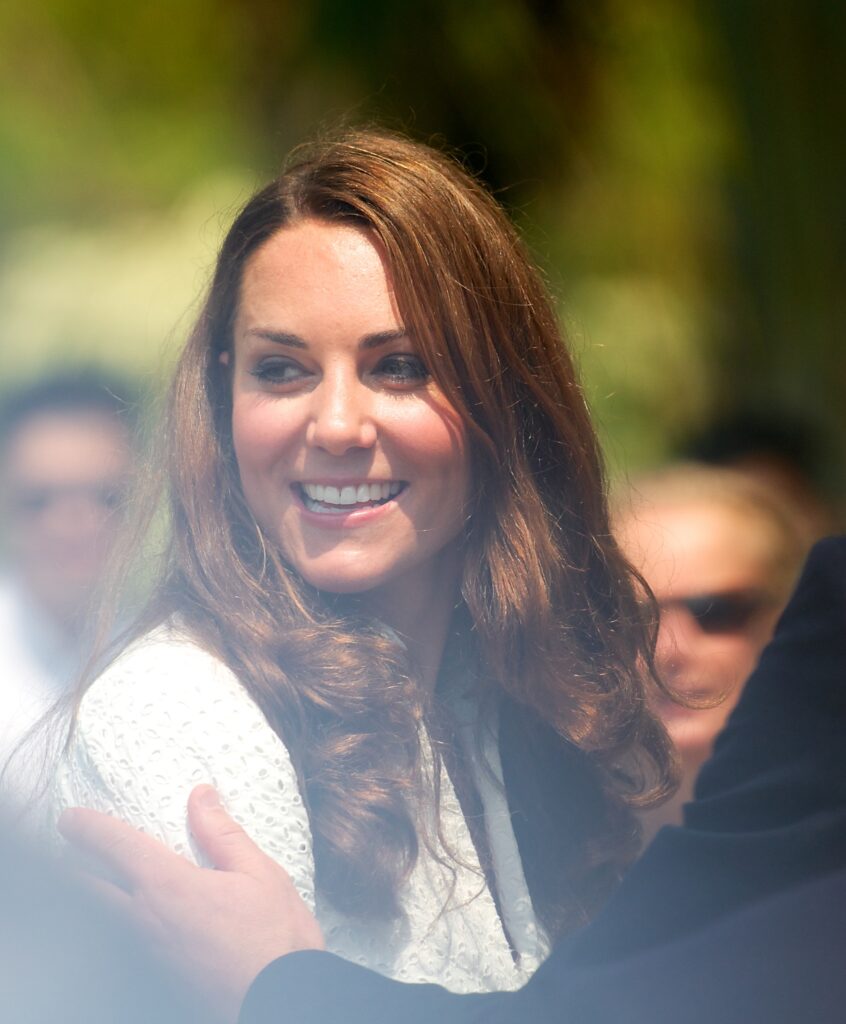
10. **Diplomatic Achievements on Overseas Tours**: Beyond the shores of the United Kingdom, Catherine has emerged as a formidable diplomatic asset, representing the British monarchy with grace and effectiveness on numerous official overseas tours. These visits are not merely ceremonial; they are meticulously planned to strengthen bilateral relations, promote British interests, and foster goodwill across the Commonwealth and beyond. Her maiden royal tour with William to Canada in June–July 2011, which included her first visit to the United States with a two-day stop in California, was widely hailed as an “unqualified success,” charming both the public and bolstering support for the monarchy through their relaxed and engaging approach.
In September 2012, the couple embarked on a significant tour of Singapore, Malaysia, Tuvalu, and the Solomon Islands to commemorate Elizabeth II’s Diamond Jubilee across the Commonwealth, where Catherine delivered her first official speech abroad, speaking at a hospice in Malaysia. This highlighted her ability to connect global initiatives with her personal charity work. The subsequent tour of Australia and New Zealand in April 2014 was similarly impactful, with Australia’s prime minister, Tony Abbott, describing it as “one of the very best royal visits” the nation had experienced, underscoring her capacity to leave a lasting positive impression.
Her diplomatic engagements have also encompassed solemn occasions, such as her visit to France in June 2014 to attend an event commemorating 70 years since the Normandy landings at Gold Beach, demonstrating her participation in events of historical significance. A further visit to the United States in December 2014 proved another success, balancing diplomatic duties like visiting the National September 11 Memorial & Museum with personal interests, including attending an NBA match between the Brooklyn Nets and the Cleveland Cavaliers, showcasing her versatility and modern appeal. Her presence at her first state banquet at Buckingham Palace in October 2015 further solidified her role as a key diplomatic representative, consistently performing with composure and dignity on the global stage.

11. **Unique Ability to Foster Relatability as a Modern Royal**: One of Catherine’s most distinctive attributes, and a significant component of her enduring appeal, is her unique ability to foster relatability as a modern royal. In an institution often perceived as distant, her presence humanizes the monarchy, allowing the public to connect with her on a more personal level. Her remarkable capacity to blend traditional royal decorum with an approachable, modern sensibility has solidified her place as an icon, making the extraordinary feel a little more ordinary.
This relatability shines through in various aspects of her public and private life. We see it in the glimpses of her family life, such as how she and William are actively “passing on their passions” like sports to their children, or the revelation of “TV shows the royals love to binge,” including her own ‘guilty pleasure.’ Moments like “Princess Charlotte’s seriously cheeky moment” with her mother or the candid observation that William and Kate “can be ‘ordinary couple’ in forgotten Scottish summer lodge” allow the public to see them as a family, experiencing joys and challenges akin to their own.
Furthermore, her unvarnished responses and moments of genuine human reaction resonate deeply. Her “baby comments that took William by surprise” or her “genuine verdict on UK’s terrible weather” provide rare, authentic insights into her personality. Even seemingly minor details, like “Royals who broke beauty rules – including Princess Kate’s ‘relatable’ moment” or the adoption of the “Middleton manicure,” contribute to this sense of approachability. Her willingness to occasionally be seen in more relaxed styles, such as “skinny jeans and heels combo” or a “boho blouse,” reinforces the idea that she is both a royal figure and a person navigating modern life, fostering a powerful connection with the wider public.
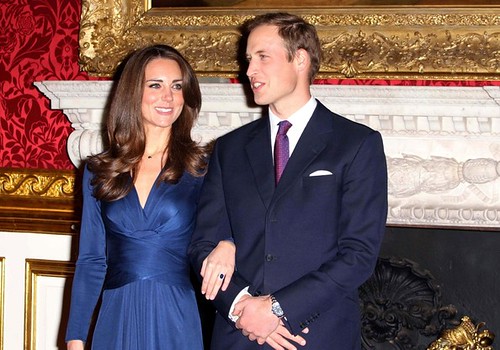
12. **Enduring Strength Defining Her Evolving Role within the Monarchy**: Catherine’s journey, particularly through recent profound challenges, has undeniably underscored the enduring strength that defines her evolving role within the monarchy. Her resilience, grace under pressure, and steadfast commitment to duty have solidified her position as an indispensable figure, not just within the Royal Household but as a beacon of hope and continuity for the institution itself. Her strategic navigation of personal adversity, particularly her cancer diagnosis, has only amplified public admiration and trust..
A powerful testament to her growing influence and the King’s profound recognition came with her new title as Royal Companion of The Order of the Companions of Honour, an unprecedented appointment for a member of the royal family. This honor, bestowed during a period when both she and King Charles III are undergoing cancer treatment, serves as a powerful symbol of their mutual support and her pivotal, growing influence as a senior working royal. It highlights her integral role at the very core of the monarchy’s future, reinforcing her value not merely as the wife of the heir, but as a significant force in her own right.
Her public return at Trooping the Colour in June, followed by her announcement in September about completing chemotherapy, was met with widespread relief and demonstrated her remarkable resolve. In October, she undertook her first official engagement since treatment, meeting families affected by the 2024 Southport stabbings, showcasing her immediate return to public service and empathy. Her confirmation in January 2025 that her cancer was in remission offered a significant message of hope and resilience globally, cementing her image as a figure of immense courage and unwavering dedication. Her strength in the face of such public and private trials ensures her enduring value and a continually evolving, vital role within the British royal family for decades to come.
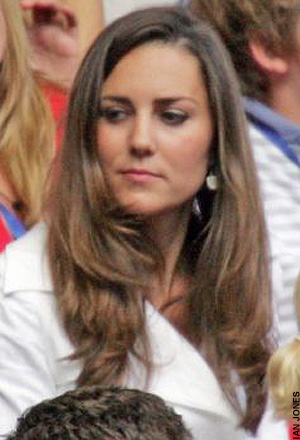
In the intricate tapestry of modern royalty, Catherine, Princess of Wales, has woven a narrative of profound impact and enduring relevance. From her strategic philanthropic endeavors and her undeniable influence on global fashion to her dedicated public service both at home and abroad, she has consistently demonstrated a unique blend of traditional royal dignity and modern relatability. Her personal journey, marked by both joyous milestones and formidable challenges, has revealed a remarkable strength that not only defines her evolving role within the monarchy but also inspires millions worldwide. As she continues to navigate the complexities of her position, Catherine stands as a powerful testament to the enduring appeal and adaptive capacity of the British royal family, solidifying her legacy as a truly transformative figure of our time.


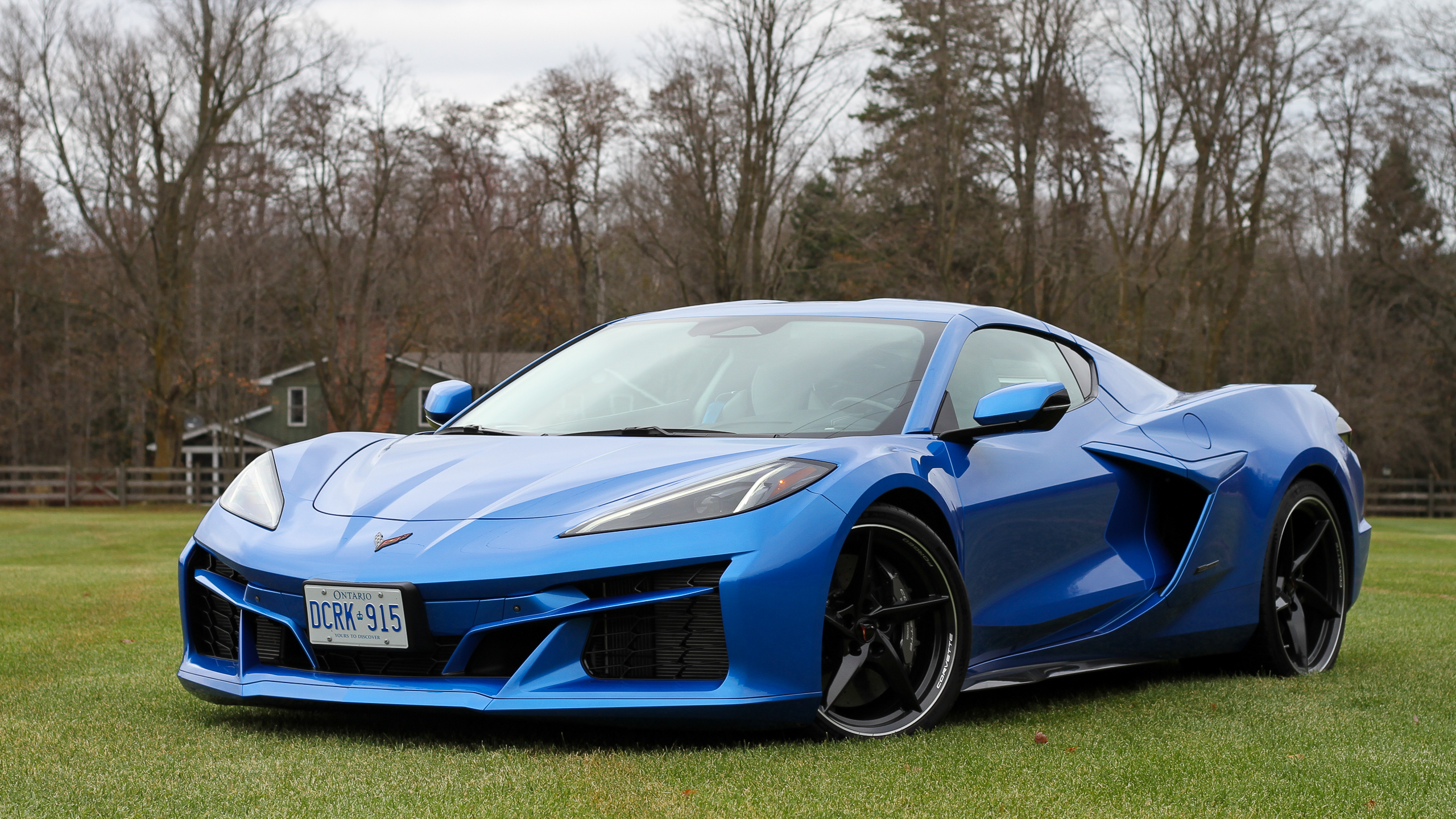
:max_bytes(150000):strip_icc():focal(919x599:921x601)/kelly-clarkson-brandon-blackstock-1-9eabc0058e1a4b6c8bc26e0923da6cfd.jpg)